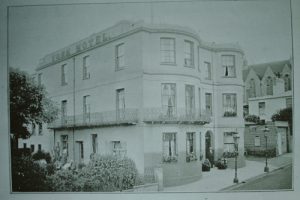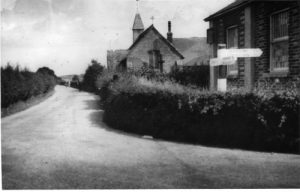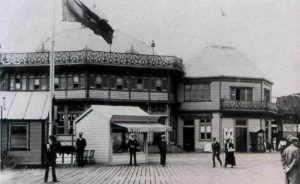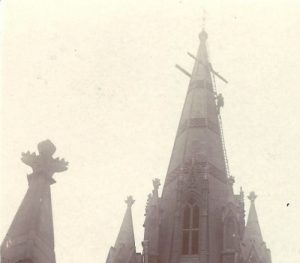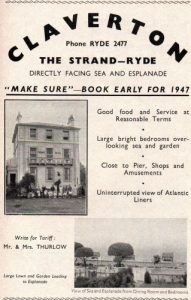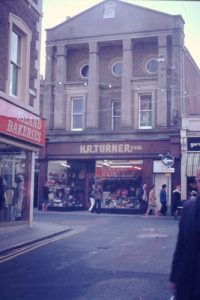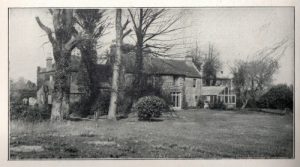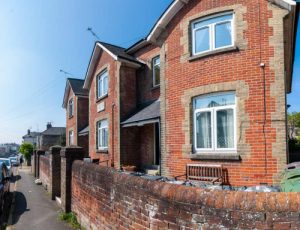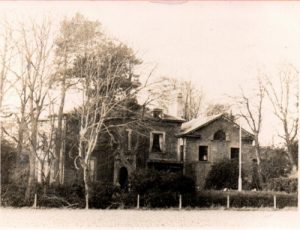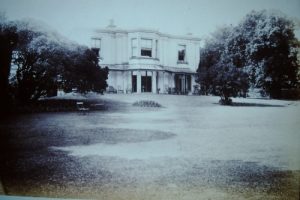Photo of the month
Mr. A. L. Oldfield, was the proprietor of the York Hotel from 1850 and from the many remarks made by the gentry of the town his was deemed one of the best establishments of its kind in the town.
This little Church, fronting onto the main road through Ashey, was the Mission Church in the Parish of All Saints’ Ryde. The Vicar’s of Ryde regularly officiated at services there for the residents of the Ashey area.
All through the early 1890's, the subject of erecting a Pavilion at the end of the Pier, was a regular topic at meetings of the local Council.
In March 1882, it was said that All Saints’ Parish Church which had so long been tower-less and spire-less, would very shortly have this reproach removed.
Claverton hotel, was originally the private residence of Mr. Edward Marvin and family, they were listed as being there in 1863. Mr. Marvin was senior of the firm of Marvin & Sons, of Union-street.
The meeting place of the Loyal Lodge of Oddfellows. The Medina Lodge was started by Mr. Alfred Brannon and 22 others, in February 1845.
In the early 1800’s Haylands Manor was inhabited by Vice-Admiral Walter Lock of the white, and his wife Sarah.
Holy Trinity Parish Magazine, states; “Under the above title a new charity is being provided in our parish, by the benevolence of Miss Brigstocke."
Thornton was built about 1859 on land which had been part of the Westridge Estate, for Commander Marcus Lowther, RN.
Saxonbury, built by 1819 and leased to William Ball Clifford of Southsea. It appears that the house was enlarged between 1836 and 1840.

